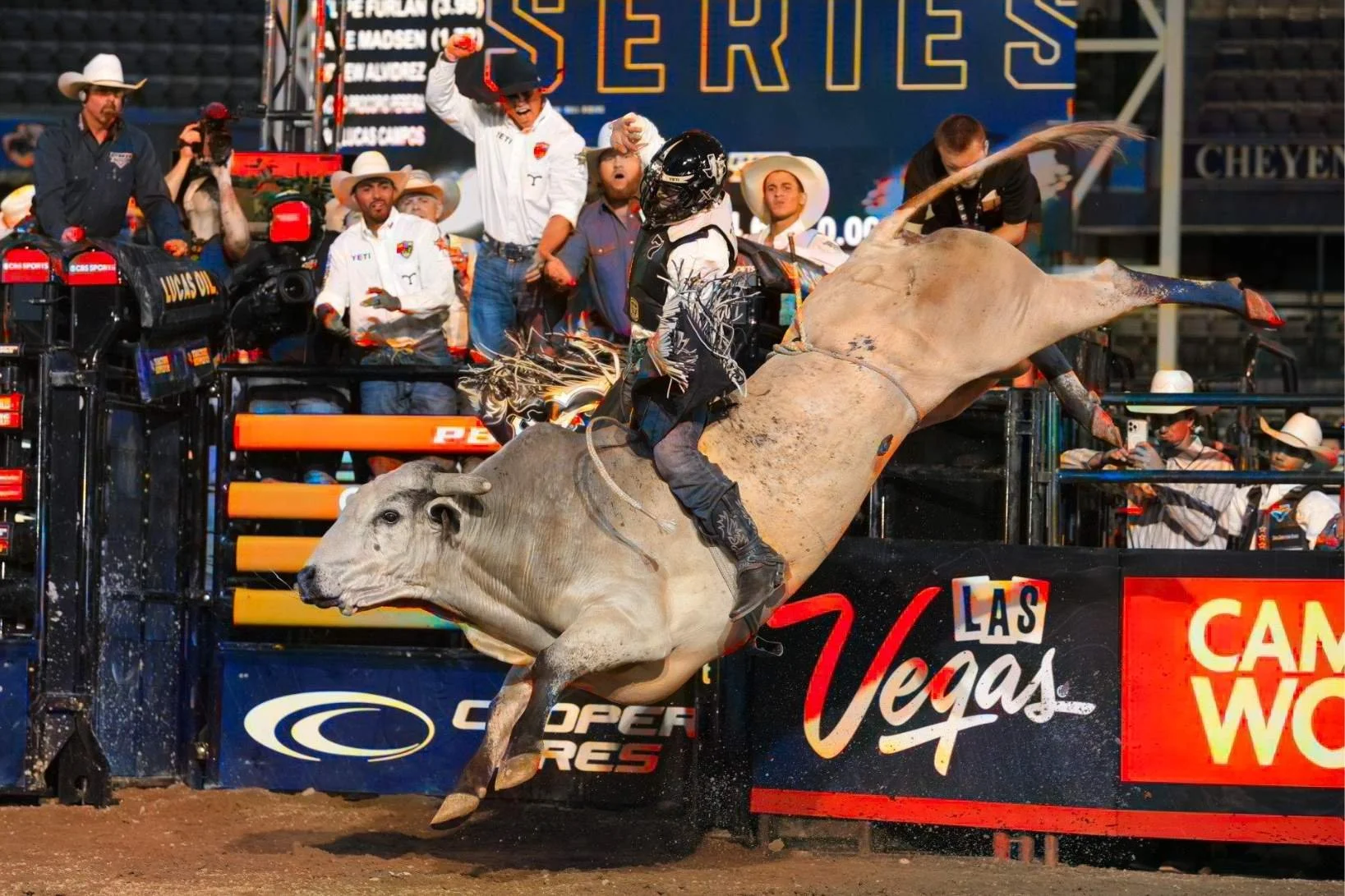You can’t run a winning event with a losing strategy. For Gambler Days at Moody Center, the real opportunity wasn’t in running more ads; it was in when we ran them.
Most teams burn budget early and cross their fingers. Bauer Entertainment Marketing has a much more measured approach. We waited, watched the buying behavior, then pounced with fresh creative and a high-impact media push right when fans were ready to buy. The result? Both ticket sales and revenue took off.
The Challenge
The Austin Gamblers brought BEM in for a variety of services, including digital advertising (Meta, Google, TikTok). For the 2025 Gambler Days event, the goal was straightforward: sell more tickets.
The problem was that most buyers weren’t shopping weeks out. Historical sales showed a sharp spike right before the event. If we treated it like any other campaign, we’d risk bleeding budget early and missing the moment.
Bottom line: if BEM didn’t align strategy with sales performance, they’d miss their shot at a packed house.
The Strategy
We didn’t treat this like a generic event campaign. We treated it like a mixtape, with each track designed for a specific fanbase.
1. Don’t spend early, spend smart
We reworked the budget to match actual buying behavior. That meant going quiet (intentionally) in the lead-up so we could come in hot when fans were actually pulling the trigger.
2. New creative, same urgency
When it was go time, we dropped fresh creative that screamed urgency: countdowns, last-call messaging, FOMO-fueled visuals. No tired promos or recycled assets here.
3. All gas, no brakes in the final stretch
With two weeks left, we hit the accelerator with heavy spend across social and search, where we knew conversion was high. The strategy: be everywhere when it mattered most.
4. Early restraint takes guts
It’s tempting to “build momentum” with early spend. We didn’t take the bait. That discipline made all the difference. Instead, we focused on awareness-oriented advertising in the earlier period to hype the audience and create momentum down the road.
The Results
This campaign didn’t just perform. It crushed.
+18% ticket revenue compared to the previous year
52% of tickets sold in the final two weeks
34% of tickets sold in the last week
And oh yeah… the stands looked packed on national TV. The Client’s actual words? They want to take this playbook to the entire PBR network.
What Made This Different
Most teams would’ve dripped out budget day by day, hoping to build pressure slowly. We didn’t. We engineered the surge by understanding how fans actually buy. By reverse-engineering when buyers actually purchased, we were able to strategize and time the spend for maximum impact.
We didn’t just execute an ad campaign. We timed the ads, refreshed creative at the exact right point, and concentrated the budget when it mattered most.
Key Takeaways
Your fans don’t care about your ad calendar — they buy when they’re ready.
Creative timing matters more than creative volume.
Holding the budget early can feel risky. It’s not, if the data backs it.
FOMO still works. Use it wisely.
Reverse-engineering buying behavior = smarter spend = more sales
What Could the “Last-Minute” Strategy Do for Your Ticket Sales?
Tired of burning budget early and hoping for the best? Let’s talk. At BEM, we specialise in turning those last-minute windows into revenue wins (and avoiding the common “we spent too early” trap).
Click through for 3 free growth ideas, and let’s build your next win.
(Related reading → Persona-Based Marketing Case Study, Geotargeting Case Study, Ad Spend Calculators)

